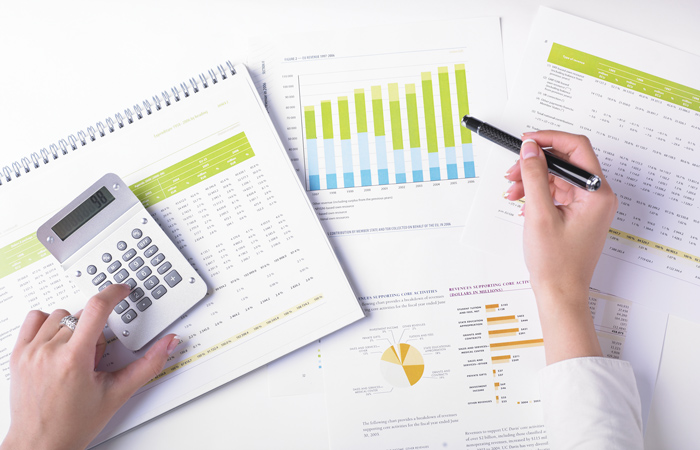
consulting economist, Brenthurst Wealth
People invest so that they have a better future for themselves and their families. Everyone has a different idea and plan as to what they want and need, but this article will relay the essentials that everyone needs to think about.
Financial investing is not like investing in your business – it is the exact opposite. With financial investment one assumes you have already invested in your career, business and work. You have now decided that you want to get some money to work for you and your future. So, the first rule of investment is investing outside of your immediate business or career.
The three and a half main asset classes
The three main asset classes for investing are: bonds ($130 trillion), cash or money market like banks ($48 trillion cross border and some $70 billion local) and equities ($90 trillion). (The estimated size in brackets as at the end of 2020 are given to show the relative size to each other, rather than for absolute comparisons.)
The other biggish asset class is property, but some property is listed on stock exchanges, while houses in many cases are private. Commercial real estate (about $40 trillion) is often listed, while the value of houses is estimated at $180 trillion for the end of 2019.
For financial investing we leave out investing in homes unless it is in listed real-estate funds as the other rule of financial investing is liquidity; and investments in residential homes/houses on their own are not really liquid.
There are also small asset classes like commodities, such as gold ($1,4 trillion) and silver, hedge funds and now also crypto currencies. I am not a fan of crypto currencies and the current asset value is less than $2 trillion, while commodities would be about double that if all traded metals are included.
Many people do not understand markets like crypto, and to invest in gold or other commodities the most liquid way is via an exchange-traded fund (ETF), which would be listed.
Then there are unlisted shares and what is called private equity, but that is small and often listed via bundles listed on stock exchanges or in unit trust type listings. It is difficult to value the total, but it is similar in value to say a quarter of the commercial property, as some of it is indeed unlisted commercial property.
So, for financial investment purposes, we focus on the first three which are by far the biggest, while we also include commercial property, which is often listed on stock exchanges. The last four are all small in the bigger picture and have fewer investors by their very nature.
As an investor, not a producer, the next rule is diversification. It is not advisable to put all your investments in one stock or bond. Just like you do not only buy tractors when farming, but also land, water, seed, fertiliser, diesel and skills.
How much to put in each of the big three asset classes
The rule of thumb used to be to take 100 and subtract your age – that was how much you should put in equities. That was, however, when humans lived to age 63 or something. Now we live to age 73 and beyond. I would now make the number 110.
So, at 60 years you should have 50% in the equity market on average.
The other rule of thumb I have is that bonds and cash are not equal, and that you should keep just your ‘stop working’ money in your bank account. So, if you are working at 60 years and plan to work until age 80 and expect to live to 95, you should keep 15% in the bank.
If at age 60 you place 50% in equities and have 15% in cash, the other 35% should be in bonds. As bonds and commercial property are normally interest rate related, I think part of your bond allocation could also be in property. (But as the world changes during the pandemic, that may no longer hold.)
That would be your average risk profile at age 60. But the trouble with normal is it never is average or normal. If you can handle more risk, you could add 10% to your equity balance and you therefore would have 70% equities, 15% cash and 15% bonds (or some commercial property).
You may have a much shorter investment horizon as you are very uncertain what your future holds and therefore decide to put only 50% or 40% in equities. That is your decision; this is just a rule of thumb.
The reason why equities make up most of an asset’s allocation, is that they have over the last 120 years outperformed bonds and cash. Bonds and cash, however, have been less volatile and provide a little certainty. All the other asset classes can be described as exotics (except for commercial property) as they are small, more volatile and riskier.
Geographical allocations
The world is bigger than South Africa. The country makes up less than 1% of the world equity market and even less than that of the bond market.
Realistically, it is difficult putting all your assets elsewhere and it is probably not wise to do so if you plan to retire in South Africa. If not, well the ‘wherever you plan to go’ could be 25% or 30% of your investment share.
If, however, you want to retire in South Africa, then having 25% here is not a bad idea. Also, government debt in South Africa, apart from earning real positive interest, is also in local rands which government should be able to pay and our history is one of regular payments.
At present, I would say invest most all equity allocated in your portfolio outside of South Africa. Some 20% of bonds too – perhaps emerging markets added in.
Presently, overseas cash gives a negative return in many cases. That is a dilemma, so there is a need for South African or emerging market cash. But that is 10% to 15% of a portfolio. Take another 15% in South African bonds and 10% in overseas bonds.
Right now, therefore – and probably most of the next two years – the cash should be in South Africa as well as much of the bonds. That means more of the rule-of-thumb equity allocation in the portfolio has to be outside South Africa.
Also remember that over 50% of the world’s equities are on US markets, but the quicker growth may come from elsewhere in the next decade – either from emerging markets or even Japan and Europe. So again, not all equities should be American – but yes, a large part would have to be.
Mike Schüssler is a consulting economist for Brenthurst Wealth. He is an independent economist with his own consultancy, www.economists.co.za.




















